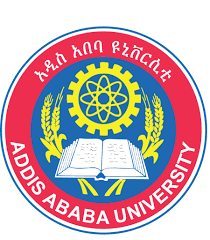Urban-Ruralism: A Training Center for the Rural Migrants in Addis Ababa
MARTA H. WISNIEWSKA - FALL 2021 - EXPANDED PRACTICES OPTION STUDIO
In recent years, Ethiopia has emerged as a major power on the Horn of Africa, experiencing rapid economic growth and increasing strategic importance in the region. Still, Ethiopia is predominantly a rural nation, with almost 80% of its population residing in the countryside. But famine, war, poverty, deforestation and soil erosion, as well as the dream of a ‘better’ life, drive a mass influx towards more developed areas. If these high migration rates continue, it is predicted, that Ethiopia’s urban population will almost double by 2030, posing immense challenges to provide proper infrastructure and services, housing and jobs. Even though the current urbanization process is largely directed towards intermediary cities (Dire Dawa, Mek’ele or Nazret), the country is characterized by a monocentric urban system focusing on its capital: Addis Ababa.
While urbanization is a well-known and widely discussed process – Ethiopia among other emerging territories is also experiencing the opposite in the form of ruralization of its urban fabric. Migrants import their rural lifestyle and skills into the city; and since this happens on a massive scale, it is the city that starts to change and adapt rather than its inhabitants. The semester focuses on one of the most heterogenous areas of Addis Ababa – Merkato, the biggest open-air market in Africa. The seemingly chaotic and disorganized maze of small-scale, single-story and to some extent informal shops is also one of the best working bottom-up institutions in town. This is where small city-oriented enterprises are mixed with rural traditions and temporary shelters. Not only, but especially with respect to the physical environment, there is immense room for improvement. The studio aims to answer how architectural, spatial and programmatic interventions can help informalize this existing framework and activate the rural skills within an urban context.
The semester is structured into three phases of investigation that culminate in a design strategy for a multi-level cluster of programs, such as a training center, material workshops, retail spaces and temporary housing. This design phase is informed by two previous stages: a thorough analysis of the site and its socio-economic context as well as research into locally available, low-cost materials and construction techniques.
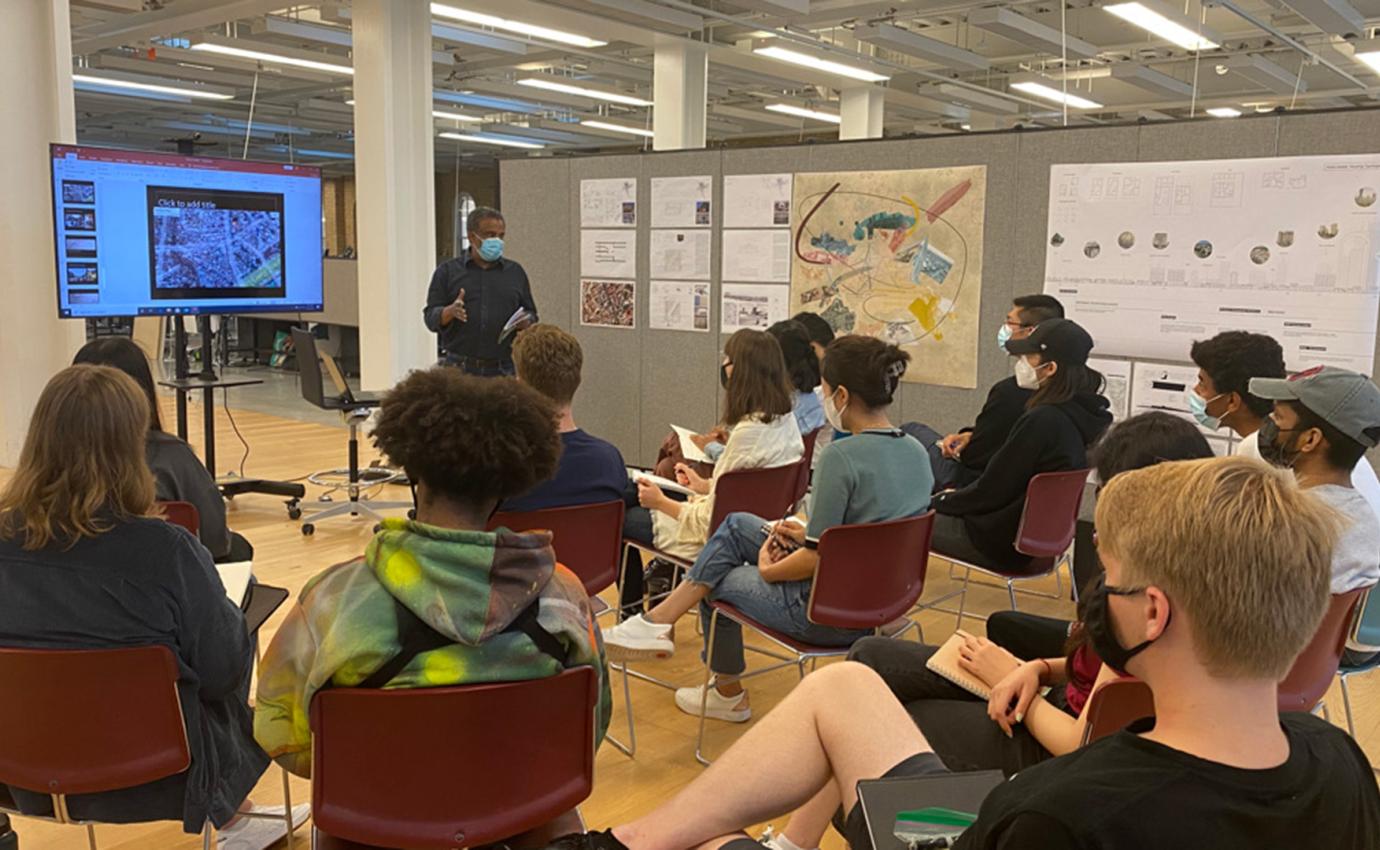
A workshop with professor Fasil Giorghis from EiABC, Addis Ababa, Ethiopia
Photo credits: Marta H. Wisniewska
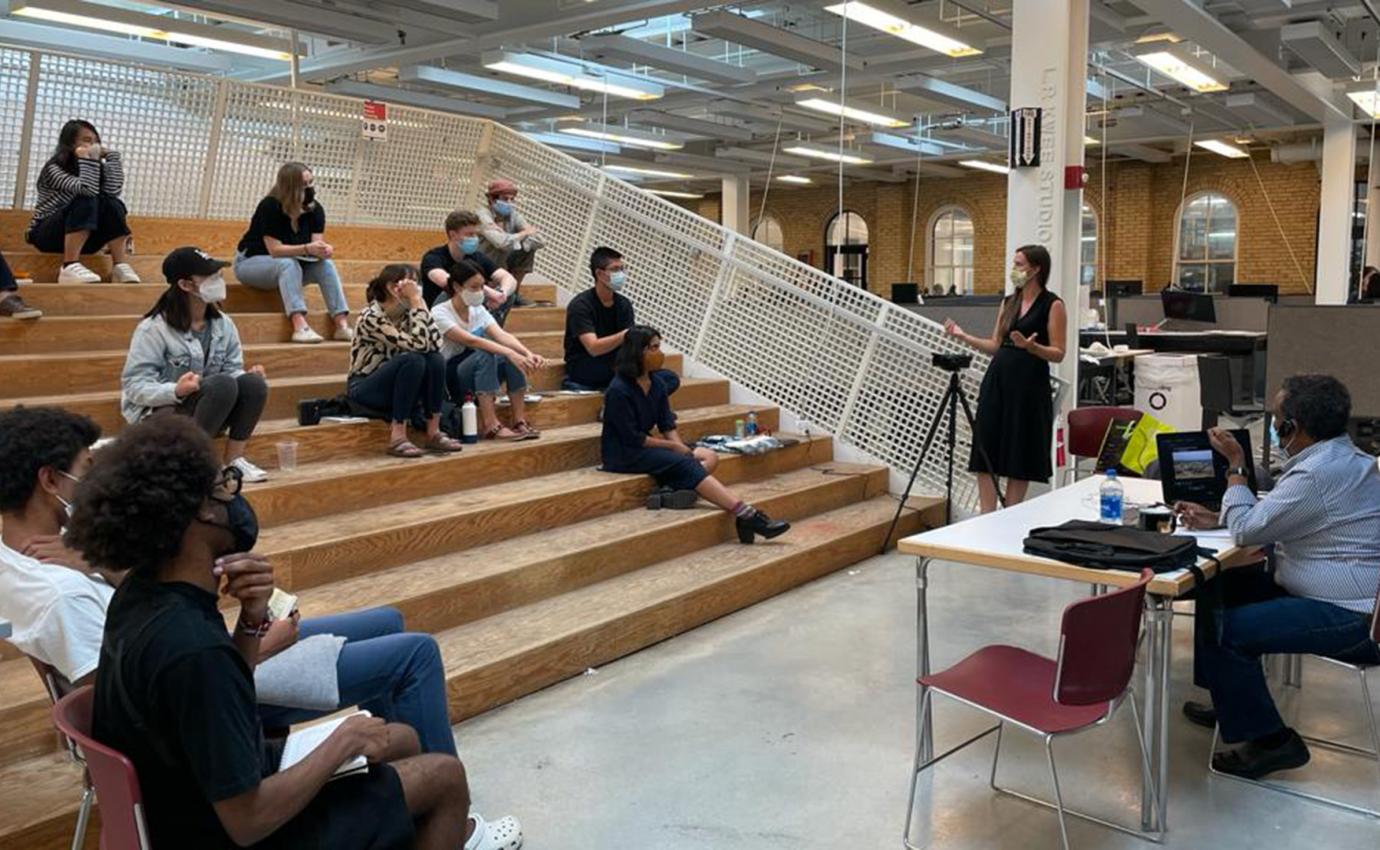
An input lecture by professor Fasil Giorghis from EiABC, Addis Ababa, Ethiopia
Photo credits: Felix Heisel
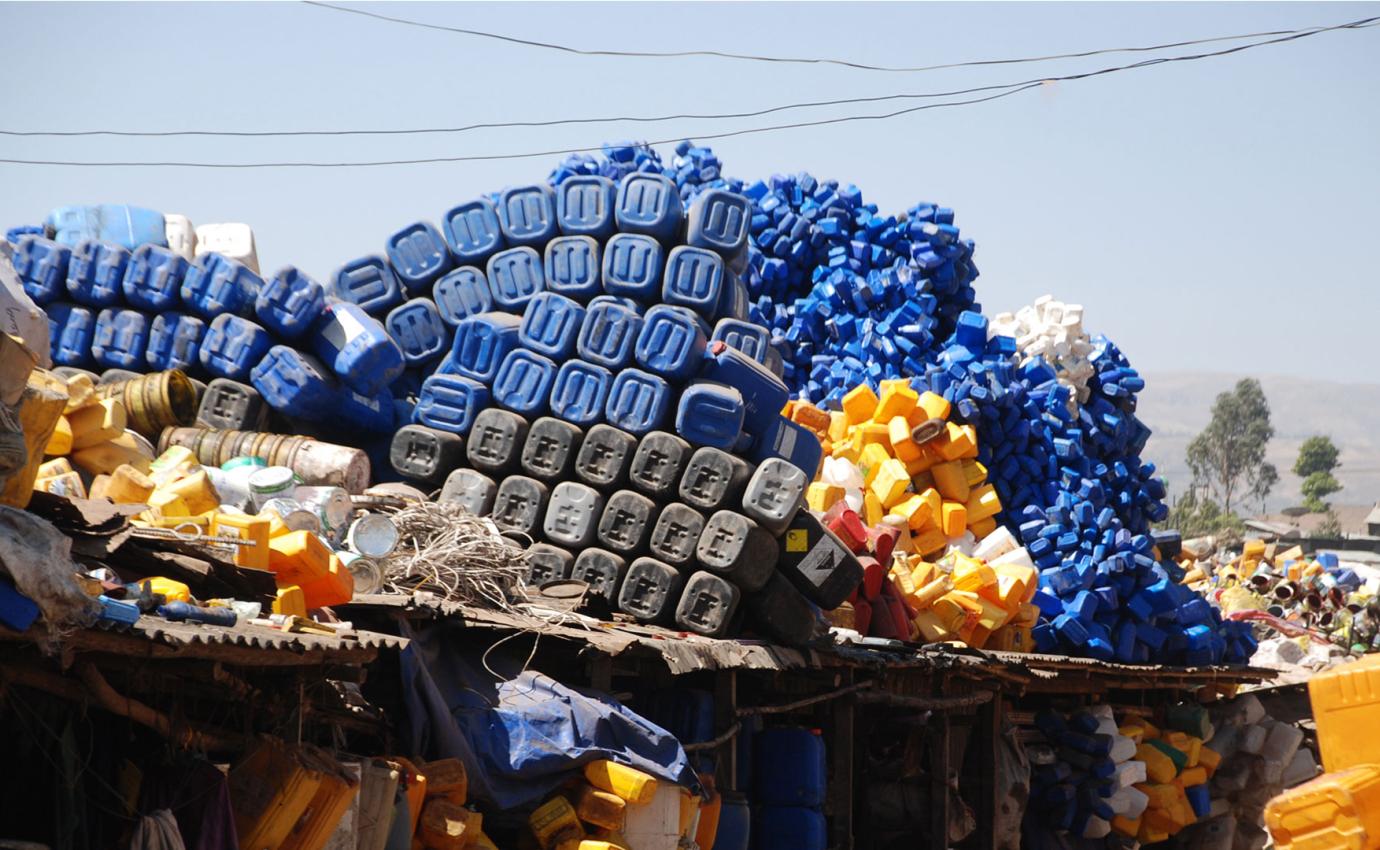
A typical picture from Merkato in Addis Ababa- the biggest open market on the African continent.
Photo credits: Marta H. Wisniewska
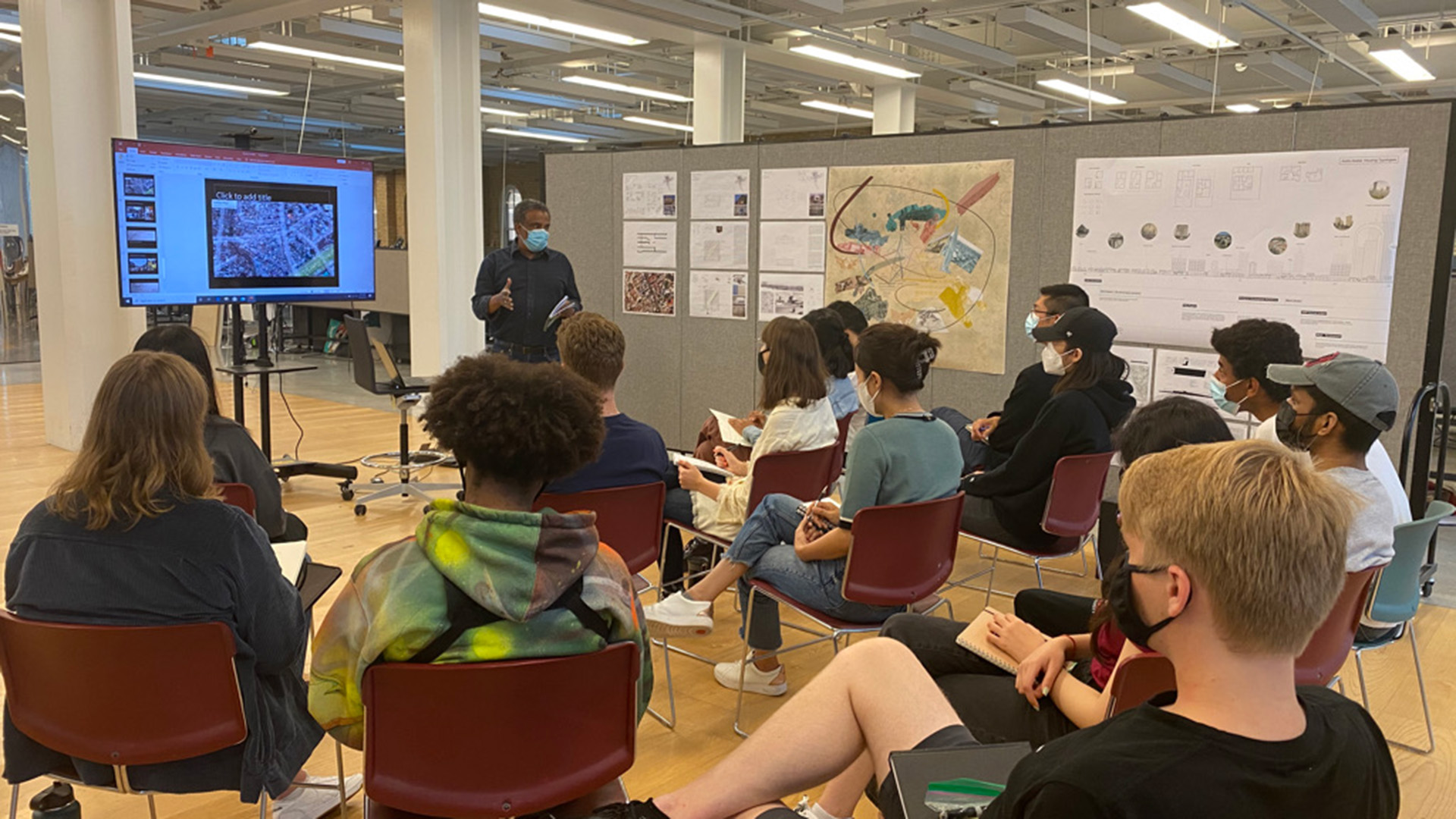
A workshop with professor Fasil Giorghis from EiABC, Addis Ababa, Ethiopia
Photo credits: Marta H. Wisniewska
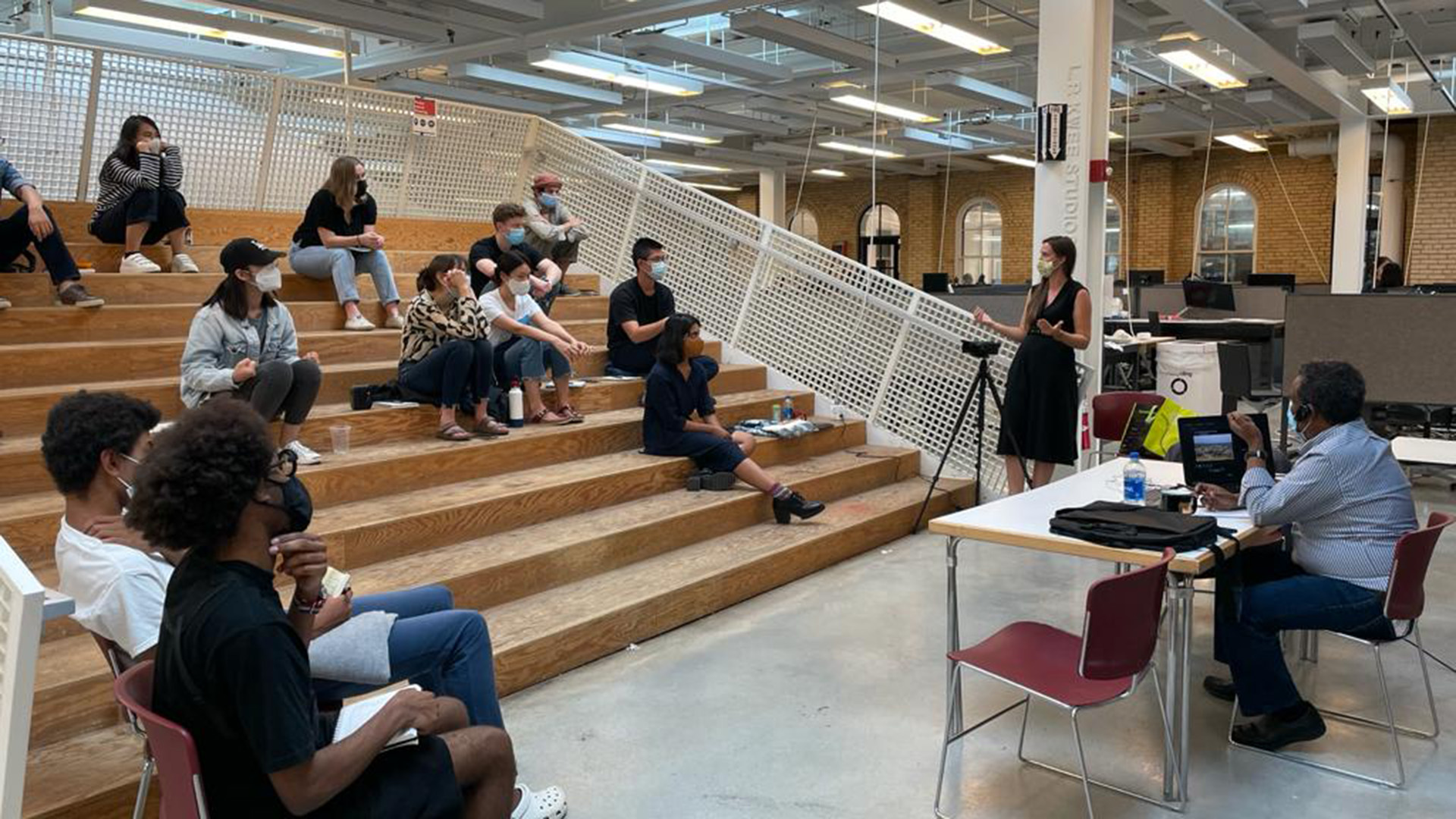
An input lecture by professor Fasil Giorghis from EiABC, Addis Ababa, Ethiopia
Photo credits: Felix Heisel
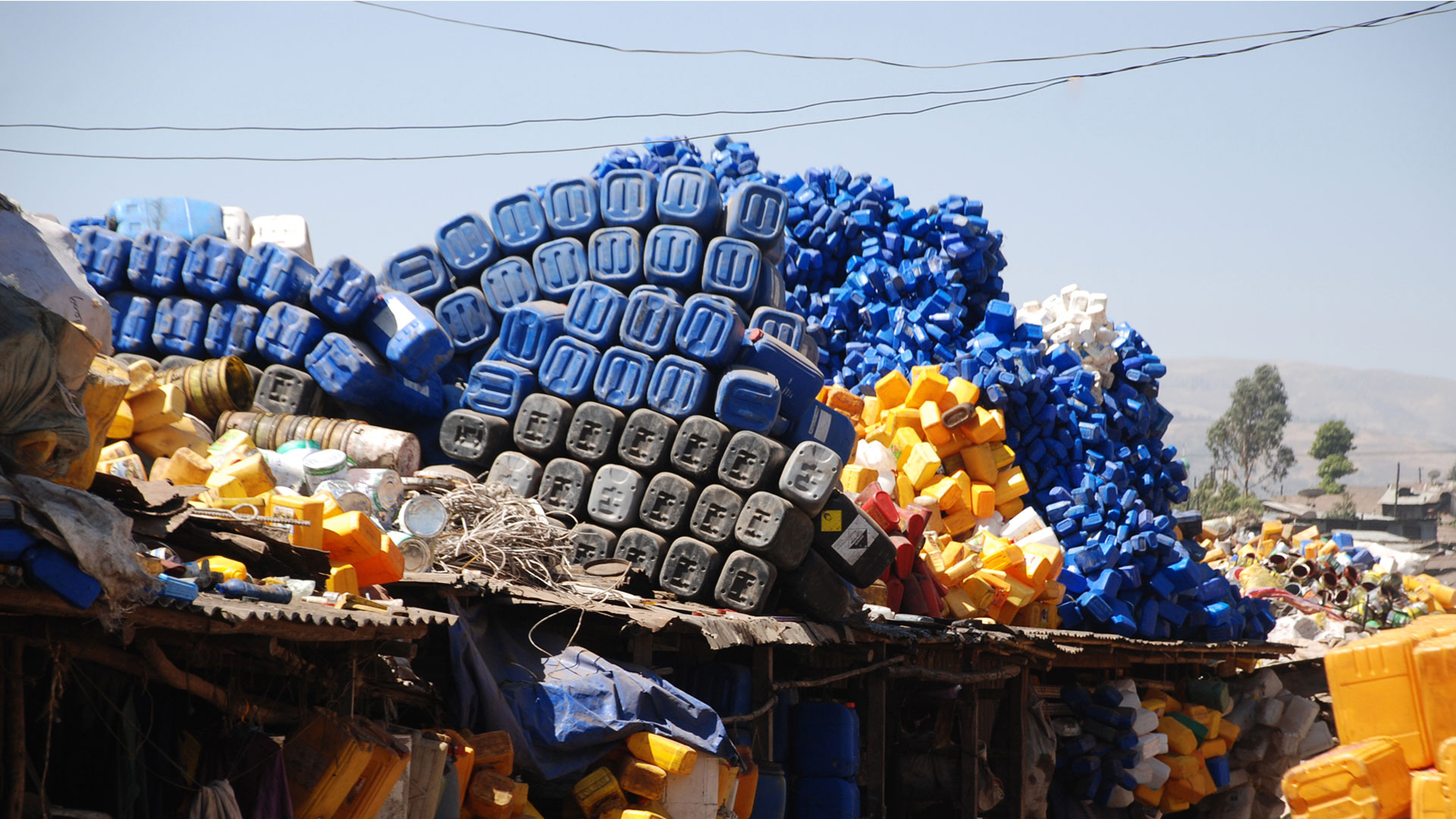
A typical picture from Merkato in Addis Ababa- the biggest open market on the African continent.
Photo credits: Marta H. Wisniewska






